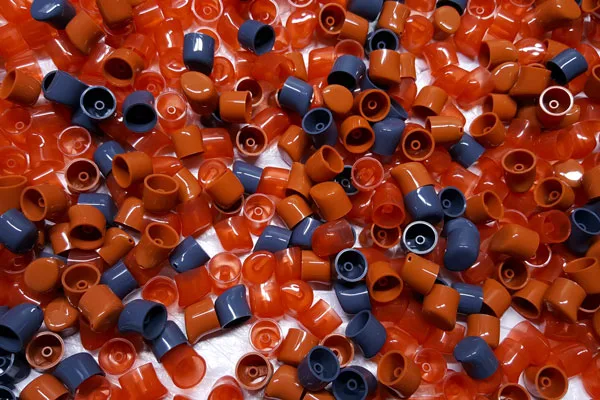Product development is moving at a top speed, and the emergence of automated manufacturing techniques like 3D printing and CNC machining has shortened the product timeline even further.
There is also a competition to come up with unique designs from well-established companies to startups. Riding on the pressure is the demand for customization from customers whose expectations have increased a hundredfold.
With these factors in mind, more manufacturers are shifting from mass production to low-volume manufacturing. It can cover the demand for 50 to 100,00 parts and is used by companies of any size.
Here are the four benefits that low volume manufacturing can offer.
It can save you money
Many people believe that buying in bulk can save them money. It may be true for certain occasions like purchasing your household supplies. But when it comes to manufacturing, the cost of manufacturing a product depends on the materials used.
There are expensive materials to use, and a company will need to make significant investments if they are to mass-produce the parts. Not with low-volume manufacturing. They can still manufacture products of the same quality, but they can limit them to 100,000 pieces.
Sometimes, if the part is not to endure a high level of stress, manufacturers can use an alternative material at a less expensive rate. Although this material is not as strong, it will still do because it does not have to endure the rigors of mass production.
Low volume manufacturing is also ideal for small companies who don’t have to fulfill large orders. Most often, large-volume manufacturing facilities enforce minimum order requirements. It is not ideal for those who need a part on a small scale.

Low volume prototype parts
It offers design flexibility
Low volume manufacturing is a great option for product development because it offers design flexibility that mass production cannot. Because products are manufactured in small quantities, modifications to the design will not have a significant effect on the company later on.
When consumer feedback starts coming in, the company will have room to modify the product. They can also make a product with many variations and test its acceptability with real buyers. After analyzing which feature their customers like best, they can refine the product when they produce the next batch to meet the consumer demands.
This is a more targeted approach and would fit companies who are looking to specialize their offerings to a particular niche.
It ensures faster time to market
Because there is stiff competition, a company that is first to launch their new product can take a bigger size of the pie. The market is fickle, and product developers and designers understand this. With low volume manufacturing, the lead times are shorter and can make the product available for sale in a matter of days, weeks, or months. It will be faster compared to traditional manufacturing methods.
It is a great option for bridge production
Some products are designed for mass production, however, the low volume manufacturing will still be useful in bridging the gap between prototyping and full production. It can serve as a bridge tooling or bridge production to get the products to the market faster.
It gives the company the means to produce ideas that are otherwise not possible because of the high cost of tooling or production. It gives them a chance to streamline the best practices and improve product quality.
As the technologies used in low-volume manufacturing continue to grow, so are their capabilities. The benefits from using low volume manufacturing cannot be undermined and it will continue to bring a positive impact on both new and established companies.
